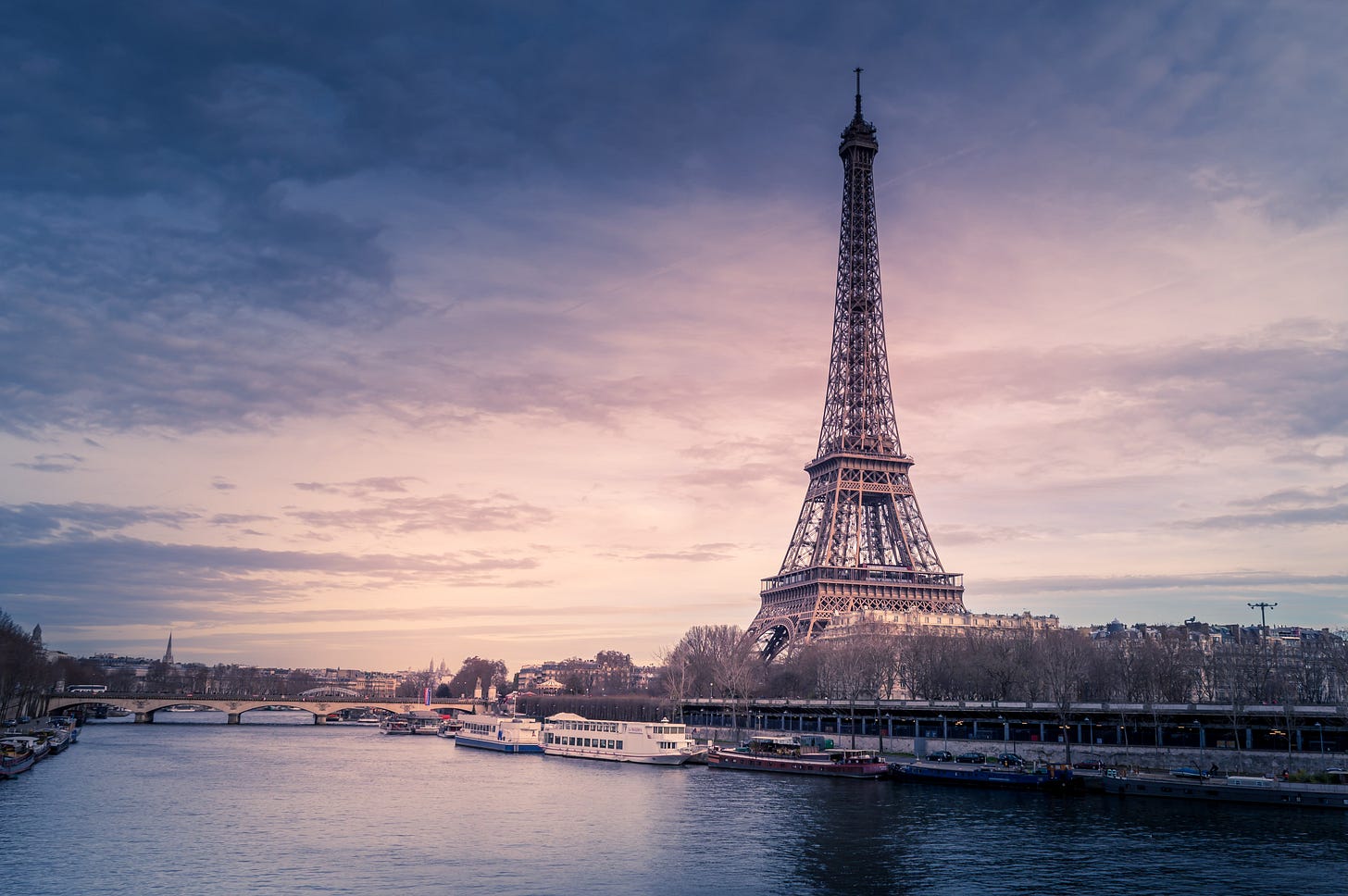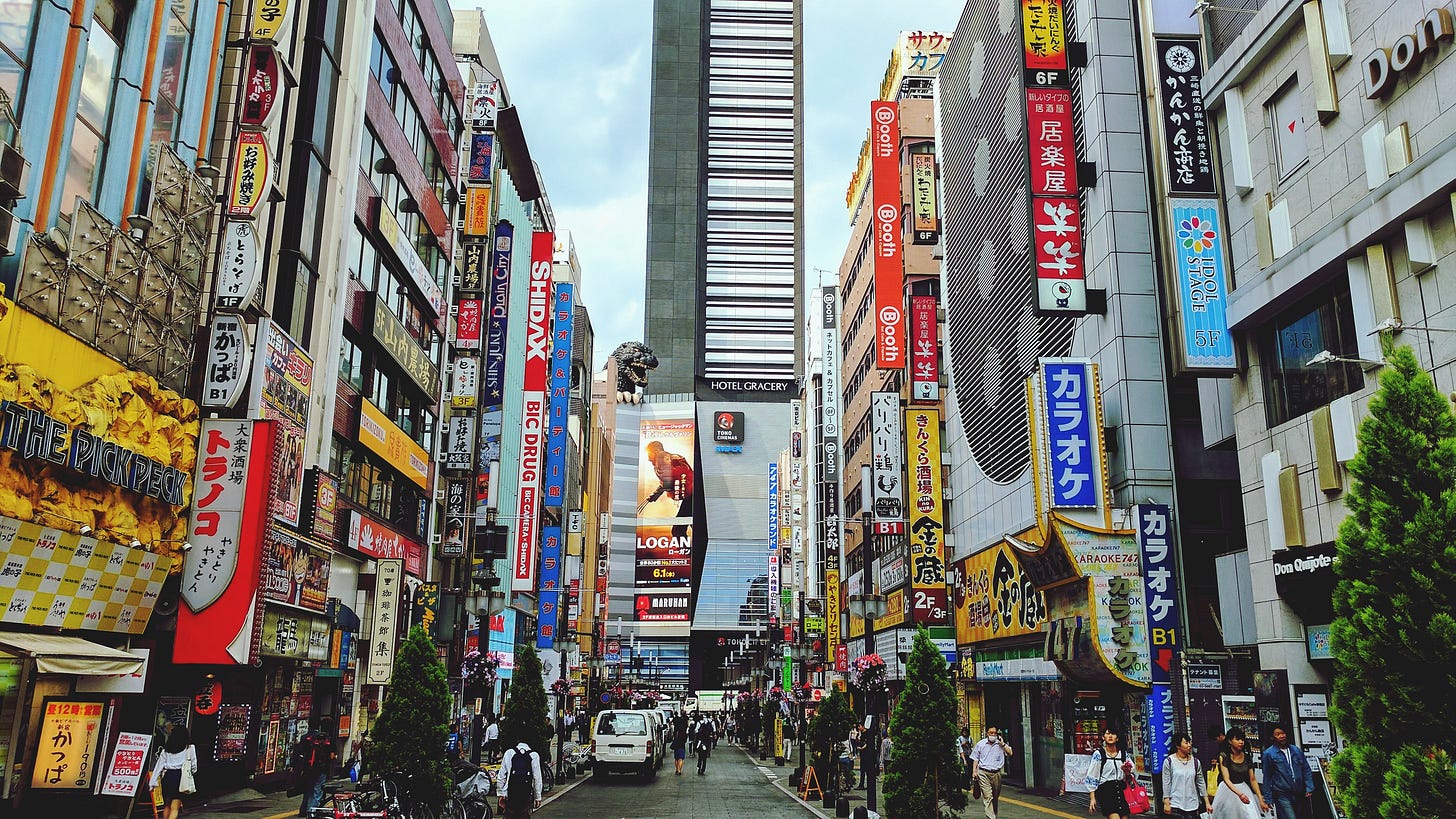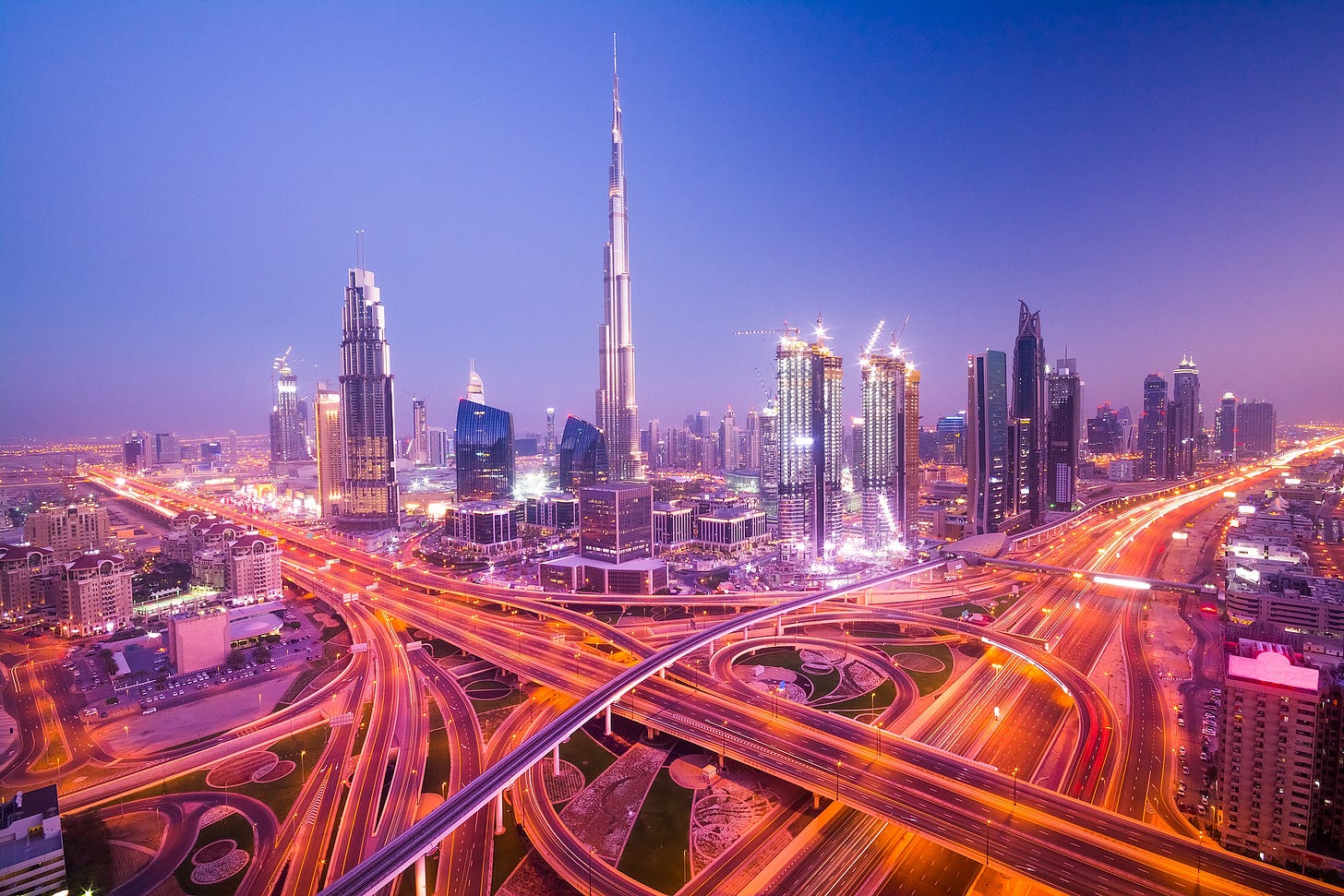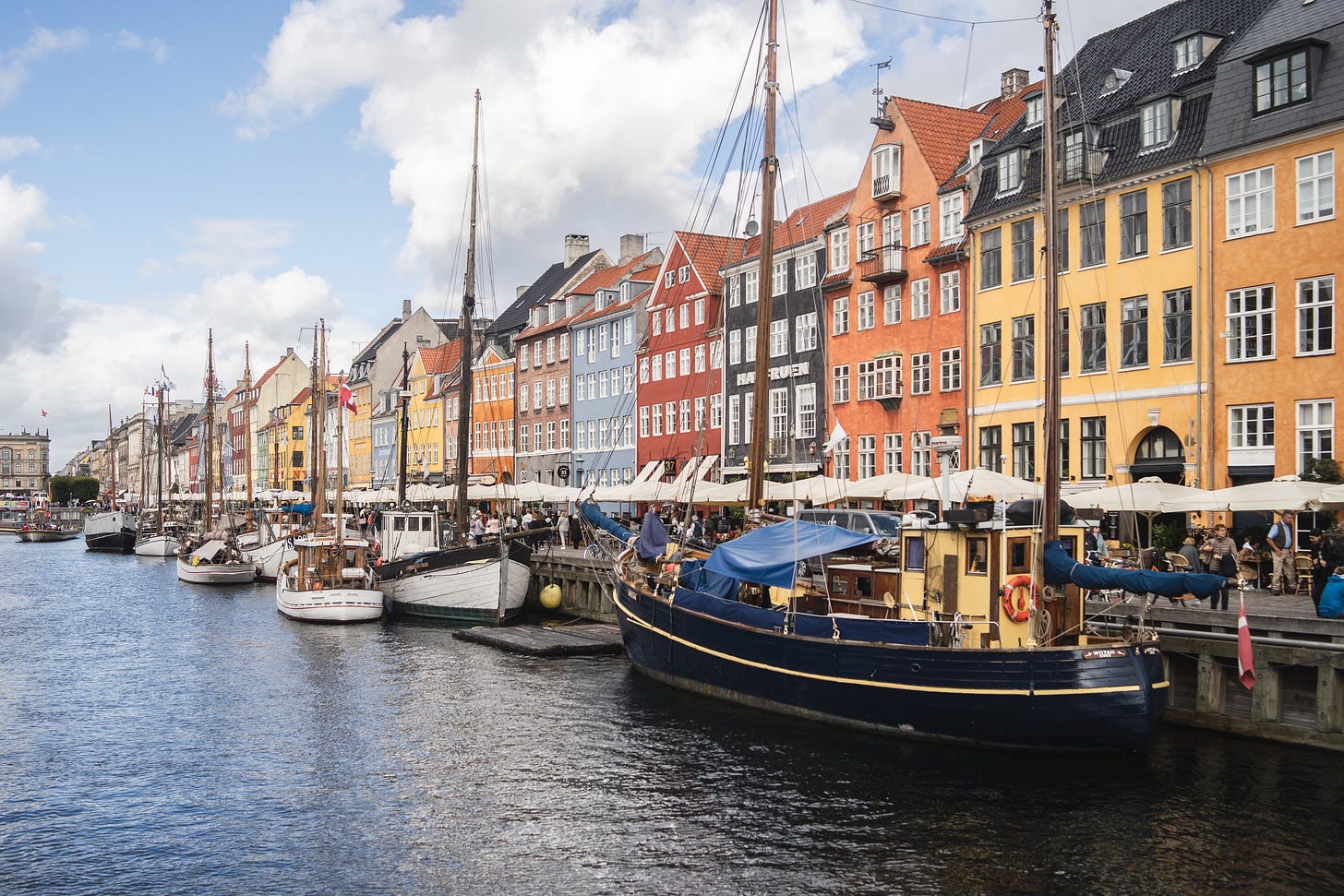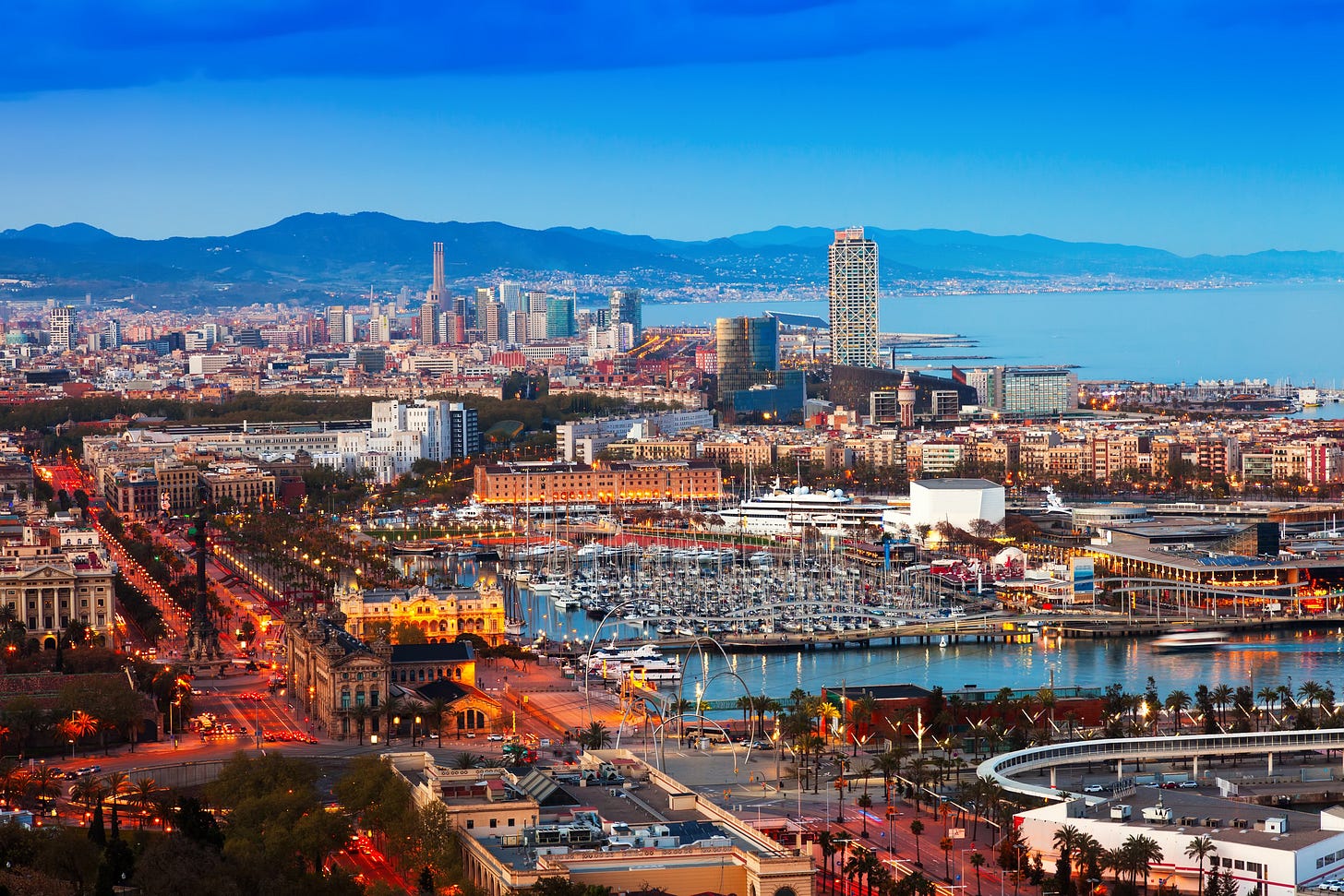Building a City Brand: Lessons from Global Success Stories
How cities like Paris and Tokyo became global brands through culture, innovation, and visionary strategies.
In a world where cities are increasingly competing for attention and resources, the concept of a "city brand" has become more important than ever. But what does it take to transform a city into a globally recognized brand? Let’s explore how some of the world’s most iconic cities achieved this status and the strategies behind their success.
Paris: The City of Romance and Art
Paris is a quintessential example of a city with a well-defined brand identity. Known as the "City of Light," it has leveraged its history, architecture, and cultural legacy to become synonymous with romance, art, and luxury.
Key Strategies:
Cultural Heritage: Paris capitalized on its landmarks like the Eiffel Tower, the Louvre, and Notre-Dame to draw millions of visitors annually. These sites are not just historical artifacts but symbols of the city's identity.
Global Events: Events like Paris Fashion Week and the Cannes Film Festival (though not in Paris itself) reinforce France's position as a global trendsetter.
Luxury and Gastronomy: The city embraced its association with high fashion, fine dining, and artistic sophistication, attracting tourists and businesses alike.
Tokyo: A Fusion of Tradition and Futurism
Tokyo is an example of how a city can successfully balance its historical roots with cutting-edge modernity. It is known for its ancient temples, neon-lit skyscrapers, and futuristic technology.
Key Strategies:
Cultural Blending: By preserving its traditional tea houses and Shinto shrines alongside ultra-modern attractions like the Tokyo Skytree, the city appeals to a wide range of visitors.
Technology Hub: Tokyo branded itself as a leader in innovation, home to global tech companies, robotics pioneers, and futuristic public transport systems.
Global Events: Hosting the 2020 Olympics (delayed to 2021) gave Tokyo a platform to showcase its innovation and hospitality to the world.
Dubai: A Desert Metropolis Built on Vision
Dubai is perhaps the most striking example of a city that turned its limitations into strengths. From a modest desert town, it transformed into a global hub for tourism, business, and luxury.
Key Strategies:
Iconic Architecture: Dubai invested heavily in world-class infrastructure, creating landmarks like the Burj Khalifa, Palm Jumeirah, and the Dubai Mall.
Economic Diversification: Moving away from oil dependence, the city positioned itself as a global hub for finance, trade, and tourism.
Bold Marketing: Dubai’s "bigger is better" approach, from hosting extravagant events to building the world's tallest structures, established it as a symbol of ambition and luxury.
Copenhagen: The Green Capital
Copenhagen shows how sustainability can define a city brand. As one of the world's most environmentally conscious cities, it has become a model for urban livability.
Key Strategies:
Eco-Friendly Infrastructure: The city has an extensive cycling network, green public transport, and renewable energy projects.
Quality of Life: Copenhagen’s focus on livability, including clean waterways, urban parks, and a balanced work-life culture, makes it attractive to residents and visitors alike.
Leadership in Green Innovation: By branding itself as a "green lab," Copenhagen attracts sustainability-focused startups and global attention.
Barcelona: A City of Design and Creativity
Barcelona’s transformation from an industrial port city to a design and cultural capital is a remarkable example of city branding.
Key Strategies:
Iconic Architecture: The works of Antoni Gaudí, including the Sagrada Família and Park Güell, have become central to the city’s identity.
Urban Renewal: Hosting the 1992 Olympics allowed Barcelona to overhaul its infrastructure and improve its global image.
Creative Economy: The city has nurtured a vibrant design and tech scene, earning recognition as a hub for creativity and innovation.
Key Takeaways for Aspiring City Brands
Leverage Unique Assets: Every city has something special—be it culture, nature, or innovation. Identifying and highlighting these assets is crucial.
Invest in Infrastructure: World-class transportation, architecture, and public spaces are essential for creating a positive impression.
Foster Inclusivity: Engaging local communities ensures that branding efforts are authentic and sustainable.
Think Globally: Successful city brands reach beyond borders with targeted campaigns, global events, and partnerships.
Conclusion
Cities like Paris, Tokyo, Dubai, Copenhagen, and Barcelona teach us that creating a successful city brand is about more than aesthetics or tourism. It requires a strategic blend of history, innovation, and community engagement. As cities evolve, their brands must also adapt, reflecting new priorities like sustainability, inclusivity, and technological leadership. By doing so, cities cannot only attract attention but also build lasting identities that inspire pride and connection.




